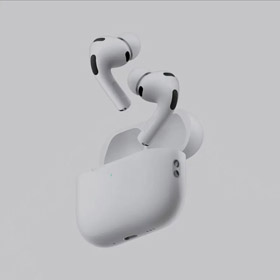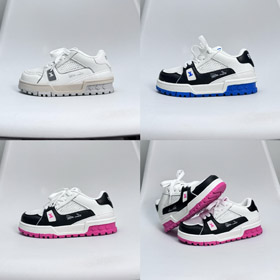Founded in 1856 by 21-year-old Thomas Burberry, the British luxury fashion house Burberry
Thomas Burberry opened his first store in Basingstoke, England, focusing on durable outerwear for outdoor enthusiasts. In 1879, he revolutionized rainwear by inventing gabardine, a breathable, weatherproof fabric that became the foundation of Burberry’s success. This innovation led to the creation of the legendary Trench Coat, originally designed for British military officers during World War I. Features like D-rings (for attaching equipment) and epaulettes (to display rank) remain defining elements today. By the 1920s, the Burberry Check—a camel, black, red, and white plaid lining—debuted, becoming synonymous with luxury. Adopted by celebrities and adventurers (including Ernest Shackleton on his Antarctic expedition), the brand solidified its status. Meanwhile, Burberry’s product evolution
In the late 20th century, overexposure of the check pattern diluted its exclusivity. However, under CEO Angela Ahrendts and creative director Christopher Bailey’s leadership (2006–2017), Burberry refreshed its image: embracing digital marketing, sustainability initiatives, and collaborations like the 2019 capsule collection with Vivienne Westwood. The brand’s pivot resonated, especially with younger audiences. From its 2019 carbon-neutral runway show to Daniel Lee’s recent appointment as creative director (2023), Burberry continues to innovate. Its Knight Logo, inspired by the brand’s Equestrian heritage, now graces everything from oversized coats to viral social media campaigns. Explore Burberry’s latest lineup via this curated product guide
Whether through its cinematic ad campaigns or commitment to craftsmanship, Burberry remains a beacon of British heritage while adapting to the zeitgeist—proving that even after 168 years, true style knows no expiration date.Origins and Innovation
The Power of Brand Identity
Challenges and Rebirth
Today’s Burberry: A Cultural Touchstone




















